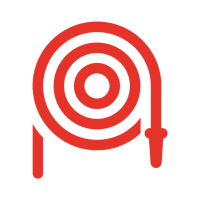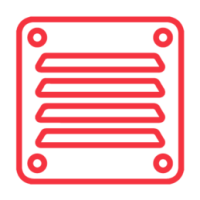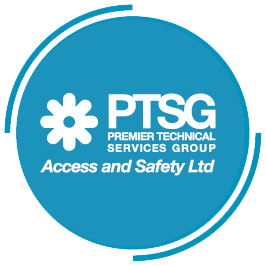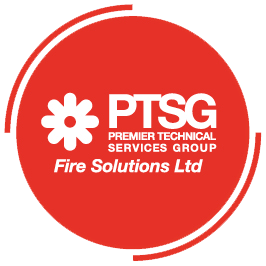Part of: Ventilation and Ductwork
A local exhaust ventilation (LEV) system uses extract ventilation to prevent, or substantially reduce, the level of hazardous substances such as dust, fumes and other airborne contaminants. It draws pollutants, dust and noxious fumes that would be harmful to operatives’ health away from a process or operation, such as cooking on a robata or charcoal grill.
An LEV usually consists of an extract inlet such as a hood, slot, booth or cabinet placed around or close to the point of release of the potentially harmful substance. Typically, it is connected by ducting via an extract fan to safely remove the contaminated air.
What are the risks associated with LEVs?
The Health and Safety Executive (HSE) report, Work-related asthma statistics in Great Britain, 2019 , states that: ‘there were an estimated 18,000 new cases of self-reported “breathing or lung problems” each year caused or made worse by work according to the Labour Force Survey (LFS) over the last three years.’
The HSE is mandated by the government to reduce the incidence of work-related respiratory disease and to achieve this by promoting better understanding and enforcement of COSHH regulations relating to airborne particulates. They require that where, as a result of industrial and commercial operations, substances are produced which could be harmful to health by inhalation or contact they must be either contained or safely disposed of by a local exhaust ventilation system.
The regulations contain statutory requirements for the undertaking of formal examination and testing of LEV systems. Now premises which use LEVs to control exposure are subject to inspection by HSE inspectors to ensure the systems are properly designed and installed, and subjected to thorough annual inspection by the premises owners or managers (more frequently, for high hazard processes) to ensure they are operating to maximum efficiency. They should be given a visual check at least once a week. Failure to ensure compliance will result in enforcement notices being issued.
What does LEV testing involve?
Indepth will carry out a thorough inspection of all parts of the LEV installation and report on its performance and effectiveness. Where necessary, and with your agreement, we will carry out remedial work to restore the system to 100% extract effectiveness.
A thorough examination and test (TEXT) of your LEV system in accordance with TR40 and HSG258 carried out by Indepth will include:
Stage 1: Thorough visual and structural examination
This may include, as appropriate:
- Thorough external examination of all parts of the system for damage, wear and tear.
- Internal duct and hatch seal examinations.
- Checks that any filter cleaning devices work correctly.
- Inspection of filter fabric, checks on pressure gauges.
- Checks that monitors and alarms are working.
- Inspection of the fan drive’s mechanisms.
- Checks for indications of effectiveness, such as significant deposits of dust around the LEV hood or noisy fan operation.
Stage 2: Measure technical performance
- Measure air velocities in main and branch ducts, hood faces.
- Measure static pressures in ducts, hoods and air cleaners.
- Checking of fan speed, motor speed and power consumption.
- Checking the replacement or make-up air supply.
- Testing alarms by simulating a failure and the alarm’s ability to detect a failure.
- Measuring air temperatures.
- Testing the air cleaner performance in recirculating systems.
Stage 3: Assess control effectiveness
- Careful observation of processes and sources.
- Assessment of how effective the LEV is at controlling operators’ exposure.
- Smoke tests to determine leakages, eddying and the breathing zone.
- Dust lamp tests to check for escape of dust or mists.
- Observation of operators’ method of work to ensure that these are suitable.
The risk is not just airborne contaminants
Some LEVs extract flammable materials, for example from commercial grills. These can accumulate in the extract ducting and will constitute a potential fire hazard to employees. Ensuring the safety of building occupants is a primary requirement of the Fire Safety Order (The Regulatory Reform [Fire Safety] Order 2005) and business owners and managers have a responsibility under this legislation to have removed, or at the very least minimised, conditions which are potential fire dangers.
As part of your service, the Indepth team will inspect the internal condition of the extract ducting to check for any flammable material accumulation.
On completion of the contract we will provide you with a certificate confirming the work undertaken as evidence of compliance. You must retain results of all checks, tests, and records of any remedial work or repairs carried out on LEV systems for a minimum of five years.
Free consultation























